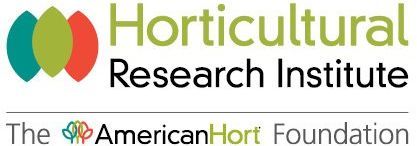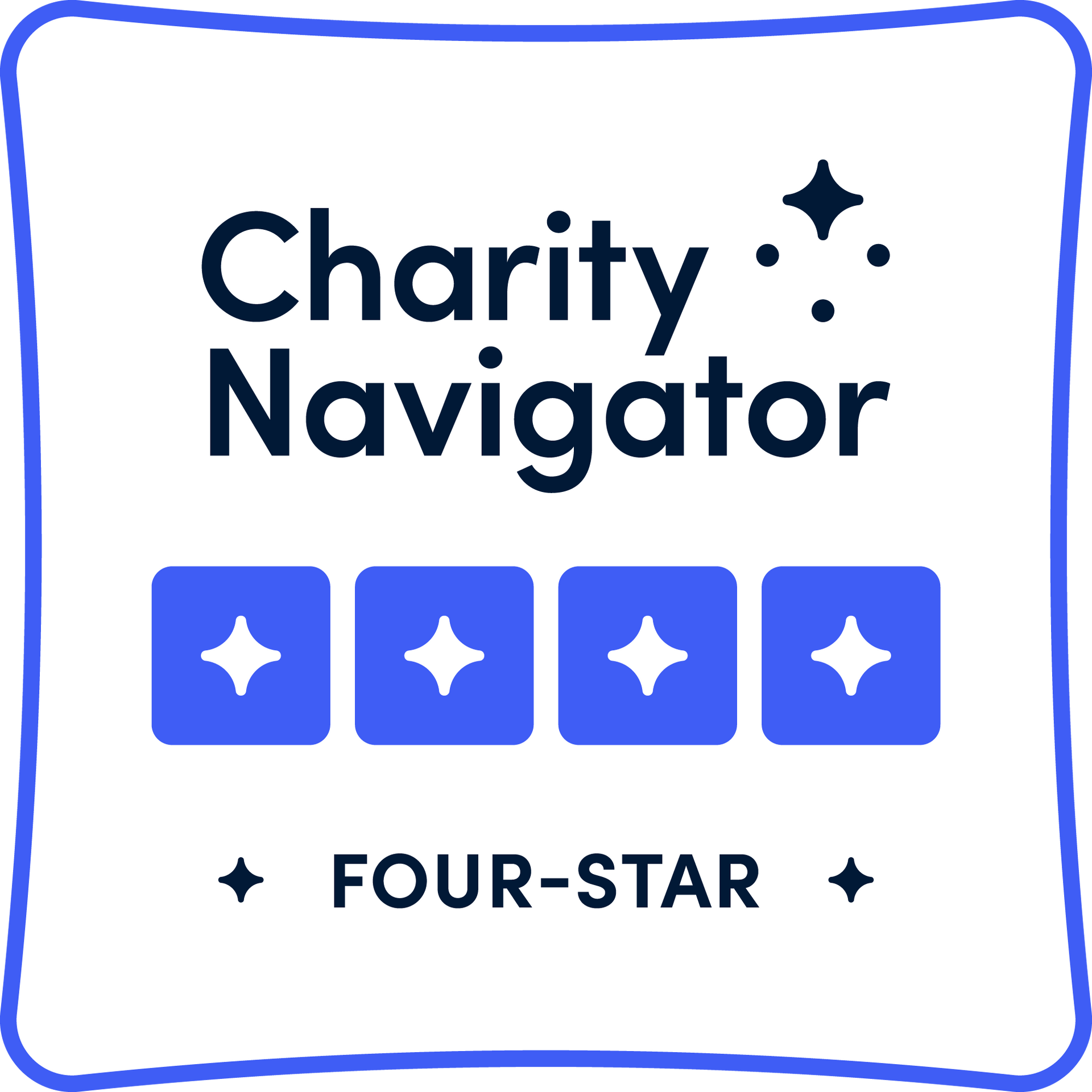Horticultural Research Institute Announces Funded Research for 2023
The Horticultural Research Institute (HRI) announces nearly $408,000 in grant support for 14 projects working to tackle green industry issues ranging from pest management to new technologies, from developing marketing insights to battling plant diseases.
“Research is essential to accelerating business growth,” said Brian Decker, HRI board president and president of Decker’s Nursery, Groveport, Ohio. “HRI is committed to supporting research in the priority areas of quantifying plant benefits, creating innovative solutions, gathering consumer insights, and producing practical and actionable solutions. The projects selected through our competitive grants program for funding this year meet the unique needs of the horticultural industry—and will provide solutions and knowledge that can help grow businesses.”
The Horticultural Research Institute’s mission is to direct, fund, promote and communicate horticulture research. Supporting research that challenges current methods and bridges the divide between businesses and the consumer is exactly how HRI helps build prosperous businesses, advance the green industry and fulfill its core vision.
“The 2023 investment in each of these projects is intended to improve and strengthen the industry,” said Jennifer Gray, HRI administrator. “Research is critical to the future of our industry, and thanks to the support of our dedicated donors, HRI is able to fund promising research and researchers every year.”
The 2023 funded projects are:
FOCUS AREA: GATHERING CONSUMER INSIGHTS
Assessing the Effectiveness of Marketing Strategies of Native Plants
A. Rihn, University of Tennessee
Recently, consumer demand for native plants has grown. There is a diverse array of marketing and promotional options available to retailers who sell native plants. This project will survey a national sample of US consumers to gain a better understanding of how different marketing messages influence consumer interest in native plants. Ultimately, this information can be used to encourage native plant sales and improve the customer experience. Insights from this project could aid growers, wholesalers and retailers involved in growing and promoting native plants.
FOCUS AREA: QUANTIFYING PLANT BENEFITS
Categorizing and Summarizing the Environmental and Ecological Benefits of Plants
M. Knuth, North Carolina State University
We are known as the Green Industry, yet how can we communicate the benefits of how green we are to our consumers? This project will be an extensive deep-dive into the existing literature where we will provide ready-to-use environmental benefits of plants messaging that industry stakeholders can utilize to connect with their environmentally conscious consumers. The key findings will be presented in a four-part article series, similar to the four-part Mental Health Benefits of Plants article series published in the Journal of Environmental Horticulture by Hall and Knuth in 2020.
FOCUS AREA: CREATING INNOVATIVE SOLUTIONS
Use of Drones in Nursery IPM Programs for Agro-Chemical Application and Monitoring Plant Health
S. Gill, University of Maryland
For Integrated Pest Management (IPM) to progress towards greater efficiency including pest and disease control and economics, the green industry must continue seeking and studying new technologies. It is vital for growing operations to improve early detection of plant problems including insects, disease, and nutrient and water stress problems. This project will expand drone application testing of new low risk pesticides, use of biological control organism releases, and determining nutrient and water deficiencies in nursery and greenhouse plants. The results will help reduce labor hours needed for pesticide applications, reduce chance of spray drift, accurately direct spray for improved efficacy in disease and insect control. Field research will enable chemical companies to explore expansion of their pesticides labels to include drone applications.
Pulse Electricity as a Fumigant Alternative Nonchemical Preemergence Weed Control in Seedling Beds
M. Moretti, Oregon State University
Tree seedling nurseries often rely on a combination of fumigation and hand weeding to control soil pathogens, nematodes, and weeds. This practice is unsustainable due to increased regulation, costs, and environmental safety. This project will explore alternative approaches to soil fumigation using soil-applied energy pulses to control the target organisms or a continuous electrical current to heat the soil, Ohmic heating. We will identify the optimum volume of treated soil to control target species to improve the effectiveness of pulse electricity. Our goal is to identify practical alternatives to management yield-limiting soil pests while reducing labor demand and production costs.
Combating the vector of rose rosette disease
I. Tzanetakis, T. Druciarek, University of Arkansas
We currently witness an epidemic of rose rosette disease spreading throughout North America. The disease also threatens the future of the landscape rose industry, repositories, and rosarians around the globe. This project aims to identify and characterize the most effective predatory mite species for the control of Phyllocoptes fructiphilus, the vector of rose rosette; providing the first-to-date practical solution to control the disease in the field.
Creating new genetic resources toward preventing rose rosette virus infecting roses
J. Verchot, Texas A&M AgriLife Research
Rose rosette virus (RRV) causes one of the most devastating virus disease of roses and the symptoms it causes include witches broom, distorted growth of shoot and flowers, and hyper-thorniness. This project will identify the genetic pathways underpinning the RRV induced changes in growth patterns as a step towards developing molecular markers to advance breeding capacity to reduce the impacts of disease. We will evaluate and report the plant gene networks and gene families that contribute to the disease pathology. Such knowledge is essential toward developing novel strategies to combat RRV.
FOCUS AREA: PRODUCING PRACTICAL & ACTIONABLE SOLUTIONS
Periodical Cicada: Study of potential controls for the Tennessee Nursery Industry
D. Airhart, M. Bowombe Toko, Tennessee Technological University
Current research on prevention or control of cicada oviposition damage to young tree species in Middle Tennessee commercial nurseries is limited. Reducing damage or loss during the year of cicada emergence is a cause of concern for growers. During the 2008 and 2011 emergences of periodical cicadas (Hemiptera: Cicadidae: Magicicada spp.) in Middle Tennessee, adult female oviposition caused millions of dollars in damage on field-grown nursery trees. The objective of this research project is more systematic knowledge through data collection on strategies to consider as control methods for female cicada egg-laying damage. This study will provide a reference document to help nursery growers better prepare for the expected cicada emergences in 2024 and 2025.
Coordinating a National Response to Low Fertility Cultivars of Invasive Nursery Crops
R. Contreras, Oregon State University
Modern plant breeders are developing low-fertility, seedless, non-invasive cultivars of potentially weedy, but valuable nursery crops. These cultivars represent great opportunity for growers and gardeners. However, getting them approved for production once banned can be confusing and presents a new set of challenges that require a national conversation. Each state may have different criteria and thresholds, even though our industry ships plants across many states and regions. A team of breeders, horticulturists, and industry members from Oregon, North Carolina, Florida, and Michigan, along with industry advocates from AmericanHort/HRI have joined to establish common language, evaluation protocols, and a reference document for our industry and regulators.
Beauty is only skin-deep
F. Hand, The Ohio State University
Latent fruit rot of winterberry, caused by the fungus Diaporthe ilicicola, has been confirmed in nurseries throughout the North-Eastern and Midwestern U.S. Symptoms of the disease include early plant defoliation and fruits which fail to turn color, lack a fully formed, glossy cuticle, remain undersized, and develop necrotic spots which coalesce into complete fruit rot. This project will determine if D. ilicicola is altering development of the fruit cuticle leading to increased fruit injury during freeze events. On fully mature fruit, this would allow opportunistic fungi to enter the fruit mesocarp and cause fast-progressing rot. Additionally, this project will evaluate cultural control methods that can reinforce the fruit’s physical barrier of protection to prevent colonization by opportunistic fungi late season.
Extension of the study on the parasitoid complex of the box tree moth in Asia for a classical biological control program in North America - M. Kenis, CABI
The objective of the project will be to continue the research and foreign exploration needed to implement a classical biological control program for box tree moth through the introduction of parasitoids from the region of origin to North America for permanent establishment and control. This first stage will consist in surveys and collections of parasitoids in East Asia and in the establishment of parasitoid cultures at the quarantine laboratory of CABI in Switzerland. After the establishment of cultures and initiation of efficacy and host specificity studies at the CABI quarantine, work in subsequent years will focus on sending the most promising candidate BTM parasitoids to the USDA-APHIS quarantine laboratory in Buzzard’s Bay, Massachusetts to evaluate possible impacts on non-target species to support an application for a U.S. release permit.
Copper-based nanoparticles (Cu-NPs) in the management of boxwood blight
S. Kodati, University of Connecticut
Boxwood is a very important ornamental plant in the landscape throughout the United States. Boxwood blight is the most important disease of boxwood with limited management options. With the interest in environment and human health protection, development of alternative/sustainable management methods for plant diseases has gained interest. This research will determine the efficacy and duration of protection of copper-based nanoparticles on boxwood varieties against blight.
Assessing Mouse Ear Disorder of Emerging Nursery Crops
B. Miller, University of Minnesota
Mouse Ear Disorder (MED) is an understudied container production issue stemming from nickel deficiency. The only nursery crop species currently documented as susceptible are river birch and the pecan hickories. However, this phenomenon is seemingly a more widespread problem, especially with emerging nursery crops. This project aims to evaluate an assortment of underutilized species to determine susceptibility to MED and to outline production solutions for growers.
Climate Ready Landscape Plants for California
L. Oki, University of California, Davis
It is important to provide sustainable management practices for green industry products that will spend the majority of their lifespan in a consumer’s landscape. This project aims to provide unbiased, scientific plant performance evaluations critical for new plant introductions and promote the best performing low and moderate water use plants in the trials. The green industry can provide this information to encourage consumers to purchase water-wise plant material, and thus promote environmentally responsible landscape management practices that conserve urban water through the use of high-performing, low-water-use plants and the practice of hydrozoning.
The Horticultural Research Institute (HRI), founded in 1962, has provided more than $9.5 million in funds to research projects covering a broad range of production, environmental, and business issues important to the green industry. Over $19 million is committed to the endowment by individuals, corporations, and associations. For more information about HRI, its grant-funded research, or programming, visit www.hriresearch.org or contact Jennifer Gray at 614.884.1155.
Share This Post






